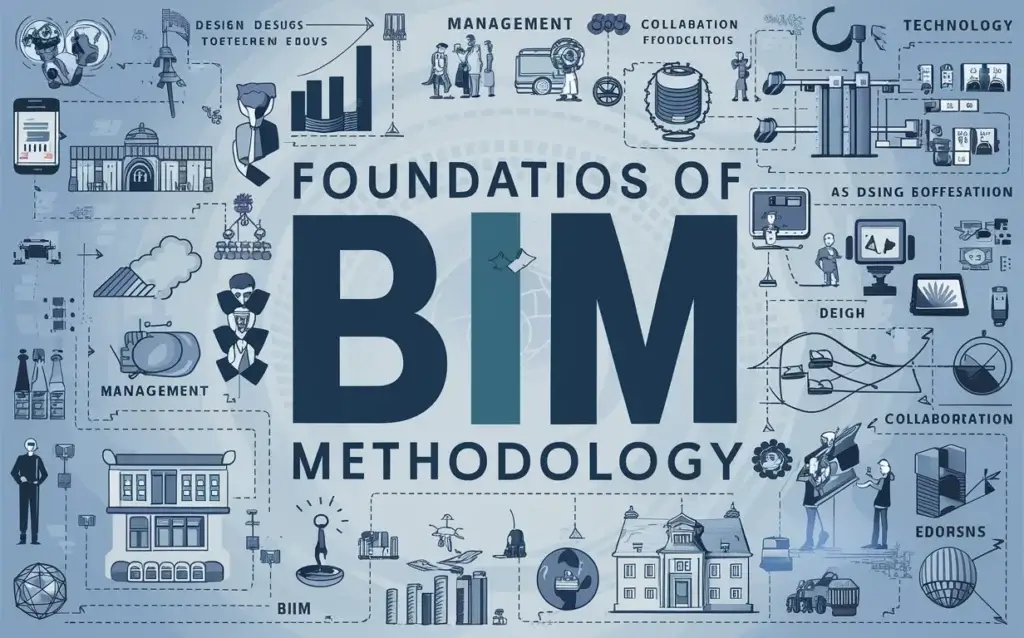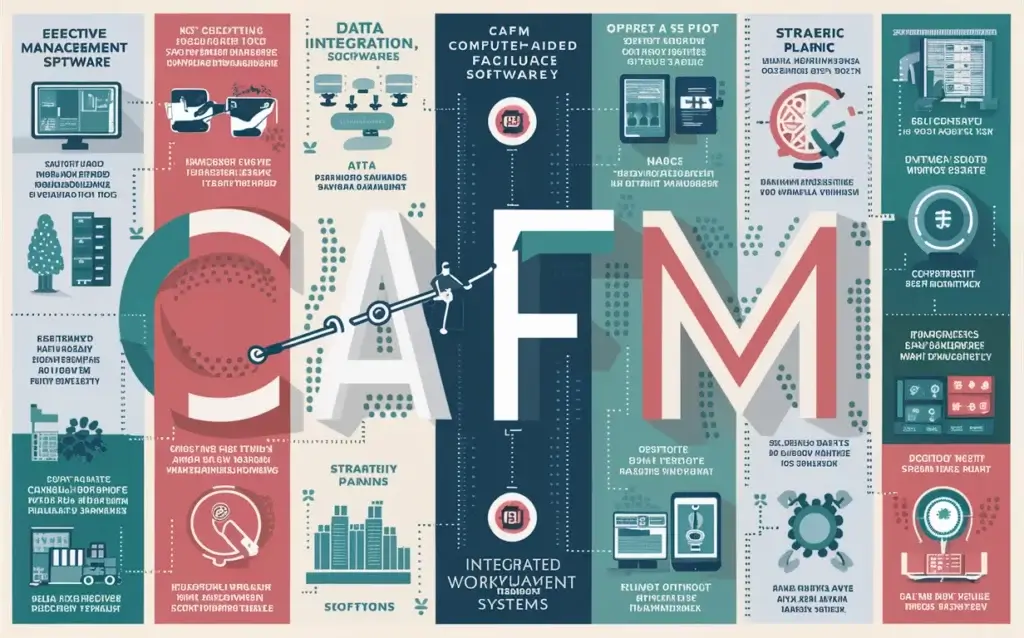Legal aspects of BIM: what you need to know
Building Information Modelling (BIM) is a digital method for planning, creating and managing buildings. This technology enables the creation of a virtual 3D model that contains all relevant information about a building. The BIM model serves as a central source of information for all parties involved in the construction project and covers the entire life cycle of a building, from design and construction through to operation and dismantling. The implementation of BIM brings various legal [...]
Legal aspects of BIM: what you need to know Read more »

















